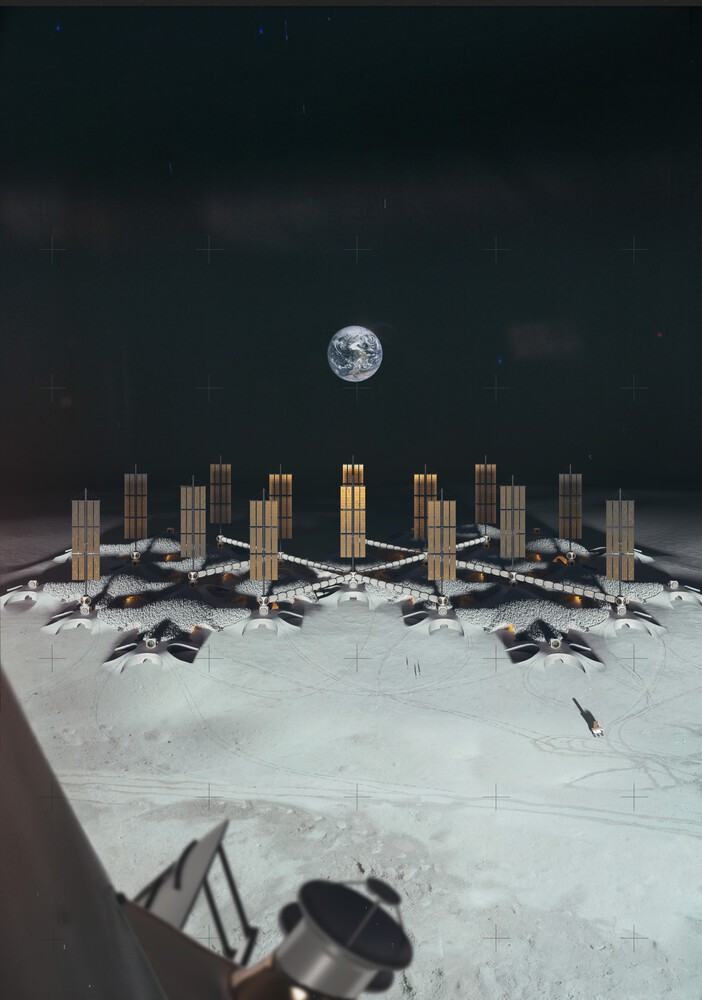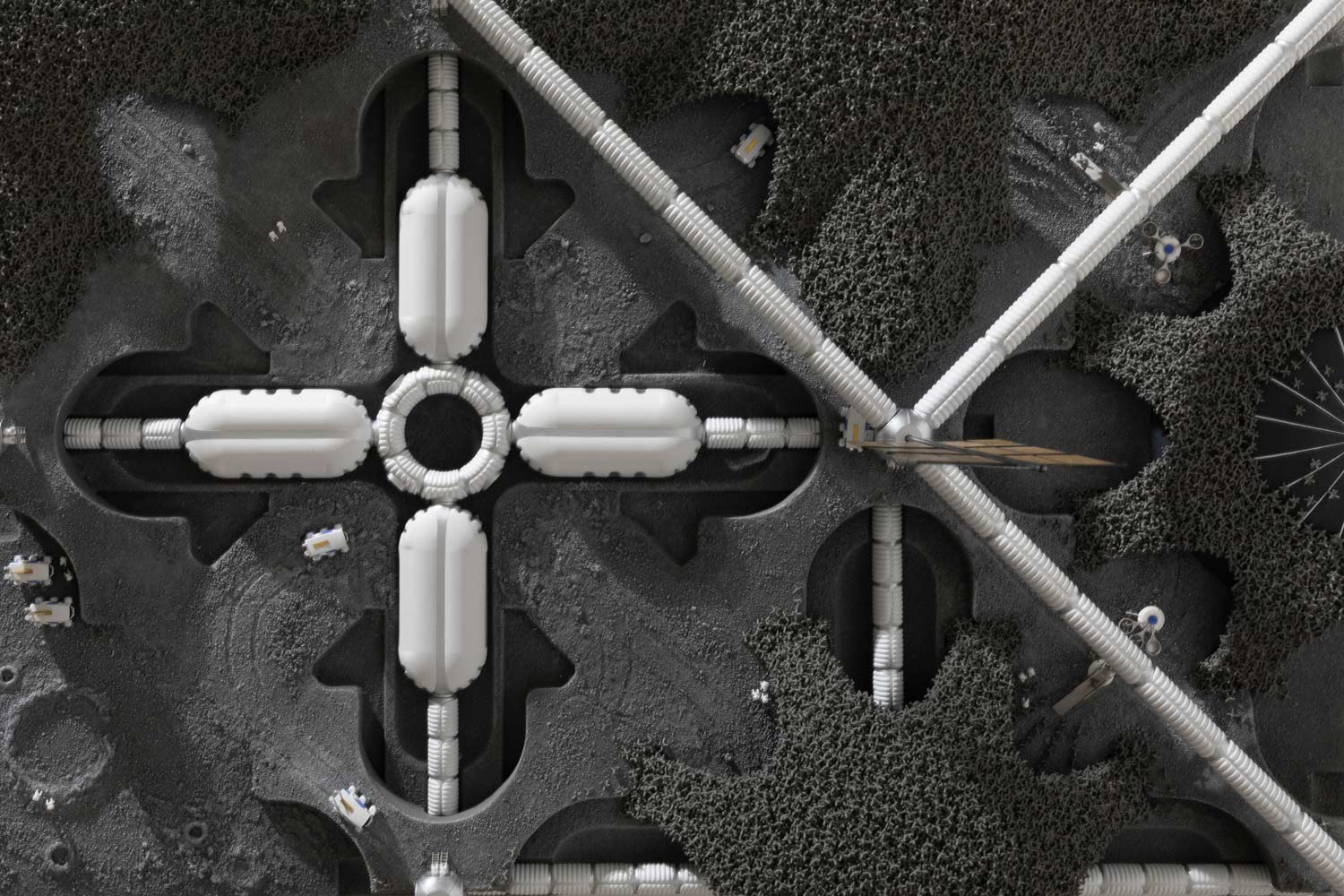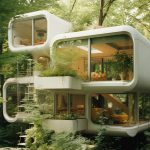Hassell Studio, in collaboration with the European Space Agency (ESA) and Cranfield University, has supported the development of the world’s first lunar habitat masterplan. The plan, aimed at assisting the important work of national agencies, was developed as part of the ESA’s Discovery program.
“More people living on the moon in a sustainable way. This is a good picture to have in mind. What we are preparing is how to make those possible.” says Advenit Makaya, Advanced Manufacturing Engineer at European Space Agency.
The Lunar Habitat Masterplan focuses on identifying the essential needs of a settlement to survive, and it was unveiled at the ESA’s Space Research and Technology Centre.
“Hassell has come up with a very interesting design, which combines a good understanding of the lunar environment constraints and a vision for the future of human exploration of the lunar surface,” said Makaya.


“Access to space is getting cheaper every year, so over the next two decades, space travel will evolve hugely,” says Xavier De Kestelier, Head of Innovation at Hassell, and added, “We cannot possibly predict now how a lunar community will evolve. We therefore designed a masterplan that is adaptable to change and can accommodate various types of lunar settlements in the future.”
The concept for this settlement aims to break away from traditional ideas by using a 3D-printed modular system inspired by tetrapods. Also, materials obtained directly from the moon, like lunar soil, can be used to regenerate the components, which can then be 3D-printed on-site at the habitat. The modular habitat system is designed to support the activities of national agencies like NASA, ESA, and Jaxa and can accommodate up to 144 individuals.
“Even in such remote and harsh environments, it proves to be very fruitful for science to discover important data about our planet, Earth. Therefore, we will fly out there and initially set up a small house on the moon, perhaps for four astronauts. These astronaut researchers will learn a lot and perform numerous experiments, and we will evaluate this data. I’m pretty sure we will decide that we need more researchers on the surface of the Moon because the scientific output they are achieving is absolutely relevant for our planet Earth.” said Mathias Maurer, Astronaut at ESA in an interview.



















Leave a comment